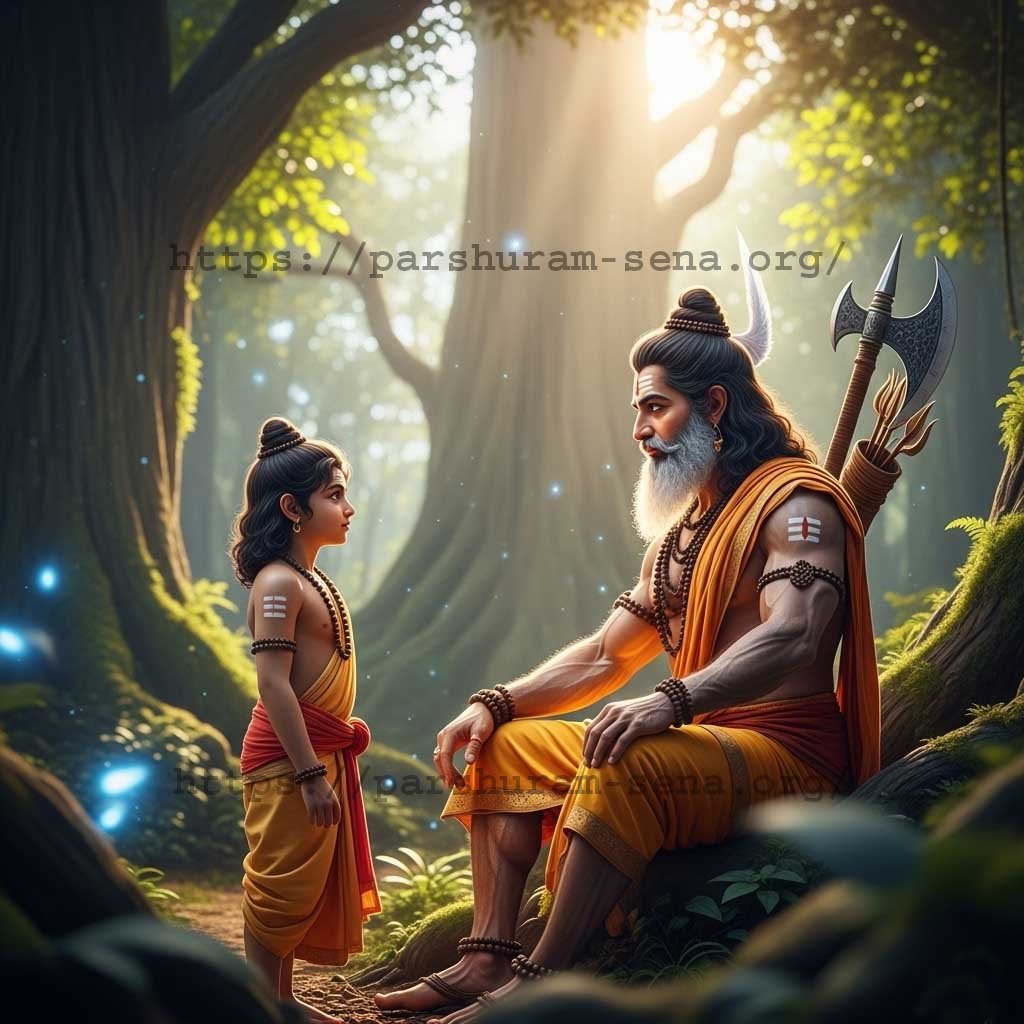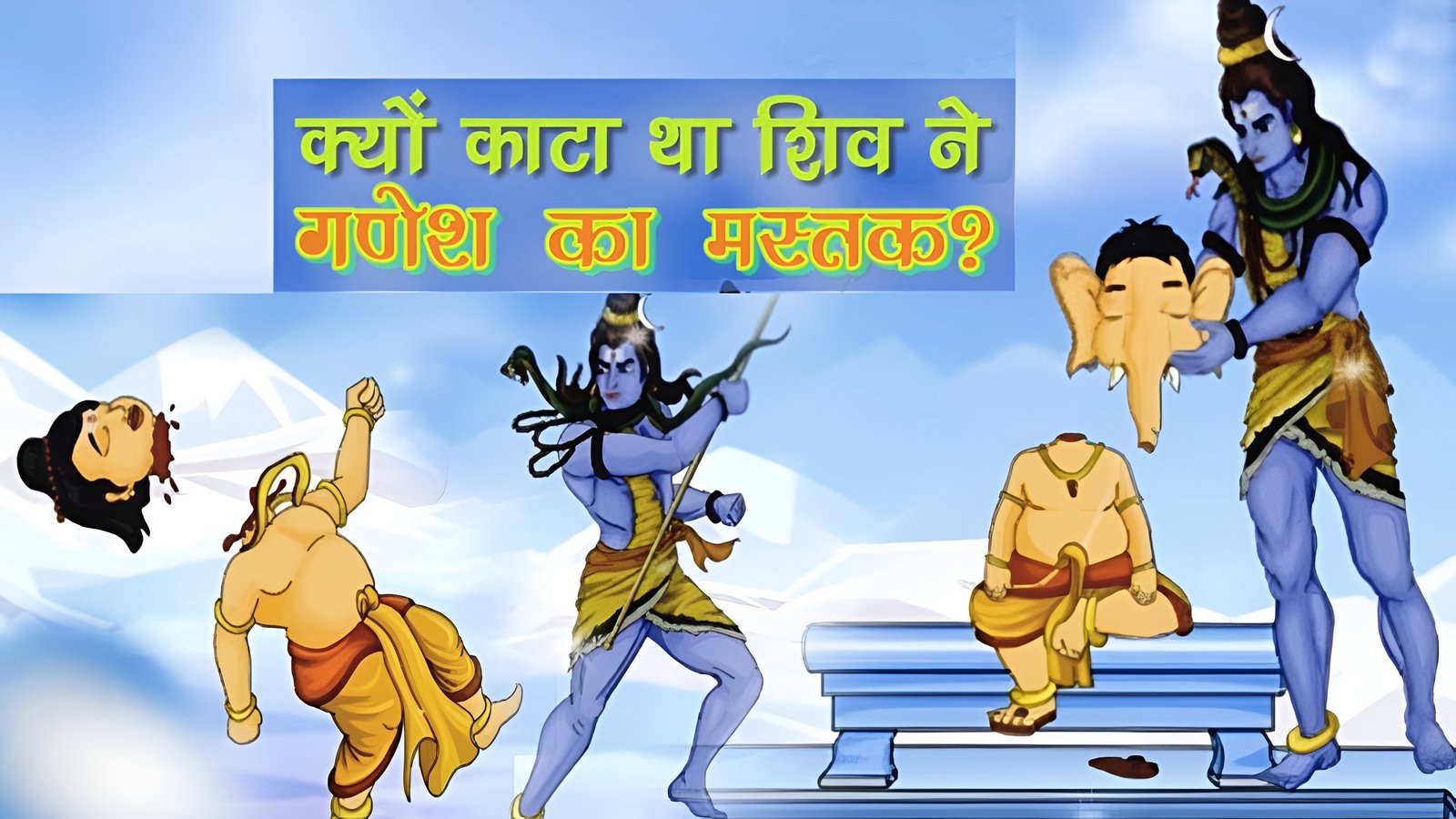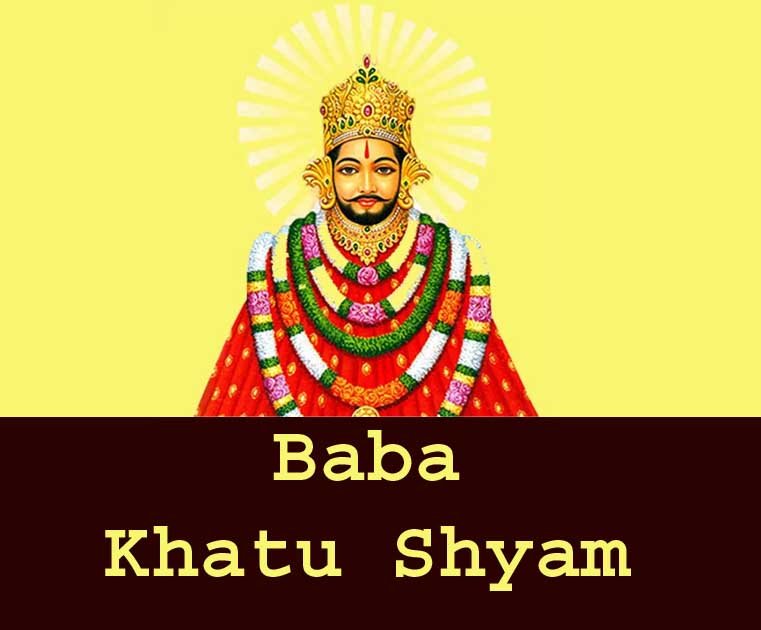
ram laxman parshuram samvad question answer | राम-लक्ष्मण-परशुराम संवाद – तुलसीदास
राम-लक्ष्मण-परशुराम संवाद is a masterpiece in Hindi literature, crafted by the revered poet Tulsidas. This profound dialogue appears in the NCERT Class 10 Hindi textbook “Kshitij,” capturing a pivotal moment in the Ramayana.
The story unfolds through an intense exchange between three remarkable characters:
- Lord Ram – the embodiment of dignity and diplomacy
- Lakshman – Ram’s younger brother, known for his courage and quick wit
- Parshuram – the fierce sage wielding divine power
This sacred text illuminates the delicate balance between strength and humility, wisdom and anger. You’ll discover the intricate dynamics between these legendary figures as they navigate a challenging situation centered around the breaking of the divine bow.
In this article, you’ll explore the deep moral values woven into this dialogue, understand the unique character traits of each participant, and uncover timeless lessons about respect, self-control, and diplomatic conduct that remain relevant in today’s world.
Understanding Parshuram’s Anger and Lakshman’s Explanations
Parshuram’s fierce reaction to the broken bow reveals deep-rooted aspects of his character. His immediate rage stems from his devotion to Lord Shiva, as the broken bow was a sacred artifact. The intensity of his anger manifests in his threatening words and aggressive stance, reflecting his warrior nature and unwavering commitment to protecting sacred objects.
Parshuram’s Key Character Traits
His reaction demonstrates key character traits:
- Protective Nature: His instinct to defend religious artifacts
- Quick to Anger: His immediate explosive response
- Pride: His strong connection to his Brahmin heritage
Lakshman’s response showcases remarkable wit and courage. He presents logical arguments about the bow’s fate:
“The bow was old and brittle, bound to break under tension. Its breaking signifies the natural order of things, not disrespect.”
Lakshman’s Key Character Traits
His explanations highlight his:
- Strategic Thinking: Using the bow’s age as a logical defense
- Fearless Nature: Standing firm against Parshuram’s threats
- Quick Wit: Comparing the bow’s breaking to a natural occurrence
Lakshman’s intelligence shines through his poetic comparison of the bow to a delicate morning rose, suggesting that even powerful objects have their time. His arguments demonstrate a perfect balance of respect and reasoning, challenging Parshuram’s anger while maintaining diplomatic decorum.
This situation also serves as a reminder of the broader societal context where such incidents occur. The emotional responses and interpersonal dynamics reflected in this narrative can be better understood through a lens that considers various social factors. For an in-depth exploration into these aspects, refer to this comprehensive report which provides valuable insights into social dynamics and emotional responses in similar contexts.
Ram’s Calm Response to Parshuram: A Lesson in Diplomacy
Ram’s response to Parshuram’s anger is a perfect example of how to communicate diplomatically. His calm demeanor and carefully chosen words show us the power of resolving conflicts peacefully.
Key Elements of Ram’s Response:
- Addressing Parshuram with utmost respect as “Gurudev“
- Speaking in a soft, measured tone
- Maintaining humble body language
- Taking responsibility while deflecting tension
Ram’s diplomatic brilliance shines through his strategic response to Parshuram’s rage. Instead of defending the breaking of the bow directly, he skillfully suggests that perhaps a servant might have caused the damage – a clever way to diffuse the situation without compromising truth or dignity.
His words to Parshuram reflect deep wisdom:
“Gurudev, this humble servant stands before you. The bow’s breaking must be the work of some lowly being, for who would dare to challenge your might?“
This response showcases Ram’s exceptional ability to:
- Maintain composure under pressure
- Show respect while protecting his position
- Use diplomatic language effectively
- Transform hostile situations into peaceful dialogue
Ram’s interaction with Parshuram demonstrates that true strength lies not in aggressive confrontation but in peaceful resolution through respectful dialogue. His approach combines humility with intelligence, proving that diplomatic skills can overcome even the fiercest anger.
Character Traits in Focus: Ram, Lakshman, and Parshuram
The dialogue between these three powerful characters reveals distinct personality traits that shape their interactions and responses.
1. Ram’s Noble Character
- Displays unwavering patience when faced with Parshuram’s fury
- Addresses Parshuram with utmost respect, using words like “प्रभु” (Master)
- Shows remarkable humility by attributing the bow-breaking to a servant
- Maintains composure through diplomatic responses, never raising his voice
2. Lakshman’s Bold Spirit
- Exhibits fearless nature by standing up to Parshuram’s threats
- Demonstrates quick wit in explaining the bow’s breaking
- Shows protective instinct towards Ram through his bold responses
- Balances respect with assertiveness in his arguments
- Uses poetic metaphors comparing courage to morning rose buds
3. Parshuram’s Complex Personality
- Carries the weight of his reputation as a warrior-sage
- Displays fierce dedication to dharma and righteousness
- Shows immediate reaction to perceived disrespect of Shiva’s bow
- Possesses deep knowledge of warfare and spiritual matters
- Maintains a strong sense of justice despite his quick temper
The interaction between these characters creates a dynamic narrative where Ram’s calmness contrasts with Lakshman’s boldness and Parshuram’s intensity. Ram’s diplomatic approach serves as a bridge between Lakshman’s youthful courage and Parshuram’s seasoned wisdom. Parshuram’s character adds gravitas to the scene, testing both brothers’ abilities to handle confrontation with a powerful sage.
These distinct personalities work together to create a rich tapestry of human emotions and responses, demonstrating how different approaches to conflict can coexist within the same narrative.
Moral Values and Virtues Portrayed in ‘राम-लक्ष्मण-परशुराम संवाद’
The dialogue between Ram, Lakshman, and Parshuram serves as a treasure trove of timeless moral values and virtues that resonate deeply with readers. The interaction presents several key life lessons:
1. Patience in Face of Adversity
- Ram’s composed response to Parshuram’s anger demonstrates the power of patience
- His measured words and calm demeanor teach us to maintain composure during challenging situations
- The dialogue shows how patience can defuse tense situations effectively
2. Respect for Elders
- Despite Parshuram’s fierce anger, both Ram and Lakshman maintain respectful communication
- The brothers address Parshuram with honorific terms, showing proper regard for his status
- Their behavior exemplifies the importance of maintaining dignity in disagreements with elders
3. Humility with Strength
“धनुष तोड़ने वाला कोई दास ही होगा” (The one who broke the bow must be some servant)
Ram’s humble response, despite being the actual breaker of the bow, showcases how true strength lies in humility. This powerful scene illustrates that:
- Physical prowess should be balanced with emotional intelligence
- True strength manifests through self-control and modest behavior
- Power without humility can lead to destructive consequences
The dialogue beautifully portrays how these virtues work together – patience enables respect, respect fosters humility, and humility reveals true strength. These values form the foundation of righteous conduct and wise leadership.
Messages Conveyed through ‘राम-लक्ष्मण-परशुराम संवाद‘
The dialogue between Ram, Lakshman, and Parshuram presents timeless teachings that resonate across generations. The narrative illustrates how power without restraint leads to destruction, while controlled strength creates harmony.
Key Messages from the Dialogue:
- The ability to control anger marks true strength
- Power coupled with humility creates lasting impact
- Wisdom lies in choosing peaceful solutions over confrontation
- Respect transcends personal achievements and status
Ram’s response to Parshuram demonstrates that true leadership lies not in displaying power but in wielding it wisely. His gentle words, “प्रभु बड़े बड़पन तजि तोही” (Lord, you have left your greatness), serve as a reminder that greatness lies in restraint.
The dialogue teaches that respect for elders goes beyond mere social obligation. Parshuram, despite his fierce demeanor, represents accumulated wisdom and knowledge. The way Ram and Lakshman navigate their interaction with him shows that disagreement need not mean disrespect.
The text emphasizes that power, knowledge, and position demand greater responsibility. When Parshuram displays anger, the dialogue showcases how wisdom lies in defusing tension rather than escalating it. This teaching particularly resonates in situations where pride and ego threaten to overshadow reason.
Conclusion
The teachings in राम-लक्ष्मण-परशुराम संवाद are still relevant today. They remind us that true strength is not about showing power, but about being humble, respectful, and calm in difficult situations.
The values shown through Ram’s diplomacy, Lakshman’s bravery, and Parshuram’s understanding continue to guide readers in:
- Managing conflicts wisely
- Balancing strength with humility
- Respecting elders
- Controlling oneself in heated moments
Tulsidas’s storytelling in this dialogue represents just a small part of his wisdom. You’ll find similar knowledge throughout his works, especially in Ramcharitmanas. By exploring his writings further, you’ll uncover insights into Hindu philosophy and universal human values that go beyond time and culture.
The ram laxman parshuram samvad shows the importance of dialogue in teaching moral values. It provides practical advice for facing modern challenges while staying true to timeless principles.
FAQs (Frequently Asked Questions) – ram laxman parshuram samvad
राम-लक्ष्मण-परशुराम संवाद का हिंदी साहित्य में क्या महत्व है?
राम-लक्ष्मण-परशुराम संवाद हिंदी साहित्य में एक महत्वपूर्ण कृति है जो नैतिक मूल्यों और चरित्र गुणों को प्रभावी ढंग से प्रस्तुत करती है। यह संवाद तुलसीदास द्वारा रचित है और इसमें राम, लक्ष्मण, और परशुराम के बीच की बातचीत के माध्यम से जीवन के महत्वपूर्ण सिद्धांतों को समझाया गया है।
परशुराम की क्रोध की प्रतिक्रिया का विश्लेषण कैसे किया गया है?
परशुराम के टूटे हुए धनुष पर उनकी क्रोध की प्रतिक्रिया उनके तीव्र स्वभाव और न्यायप्रियता को दर्शाती है। इस संवाद में उनकी तीव्रता और न्याय के प्रति उनकी प्रतिबद्धता का गहराई से विश्लेषण किया गया है, जो उनकी चरित्र विशेषताओं को उजागर करता है।
लक्ष्मण ने धनुष टूटने के कारण क्या समझाए और यह उनकी बुद्धिमत्ता कैसे दर्शाता है?
लक्ष्मण ने धनुष टूटने के पीछे तर्कपूर्ण और चतुर व्याख्या दी, जिससे उनकी तेज बुद्धि और त्वरित सोच कौशल प्रकट होते हैं। उन्होंने स्थिति को शांतिपूर्ण ढंग से संभालने का प्रयास किया, जो उनके साहस और संयम को भी दर्शाता है।
राम ने परशुराम के क्रोध को कैसे शांत किया और इससे हमें क्या सीख मिलती है?
राम ने अपनी शांति और विनम्रता से परशुराम के क्रोध को शांत किया। उनके सौम्य शब्दों और कूटनीतिक व्यवहार से यह सिखने को मिलता है कि कठिन परिस्थितियों में धैर्य और सम्मानपूर्वक संवाद करना कितना महत्वपूर्ण होता है।
इस संवाद में राम, लक्ष्मण, और परशुराम के कौन-कौन से चरित्र गुण प्रमुख हैं?
संवाद में राम की शांति एवं विनम्रता, लक्ष्मण की बहादुरी एवं संयम, तथा परशुराम की प्रखरता एवं न्यायप्रियता प्रमुख रूप से उभरकर आती हैं। ये गुण कहानी को गहराई प्रदान करते हैं और पाठकों के लिए प्रेरणा स्रोत बनते हैं।
‘राम-लक्ष्मण-परशुराम संवाद’ से हमें कौन-कौन से नैतिक मूल्य सीखने को मिलते हैं?
‘राम-लक्ष्मण-परशुराम संवाद’ हमें धैर्य रखने, बड़ों का सम्मान करने, क्रोध नियंत्रण करने, विनम्रता अपनाने तथा शक्ति के साथ संयम बनाए रखने जैसे महत्वपूर्ण नैतिक मूल्यों की शिक्षा देता है। ये शिक्षाएं आज के समाज में भी अत्यंत प्रासंगिक हैं।




